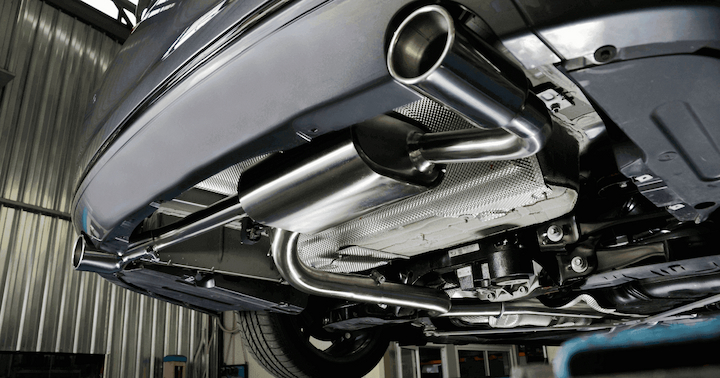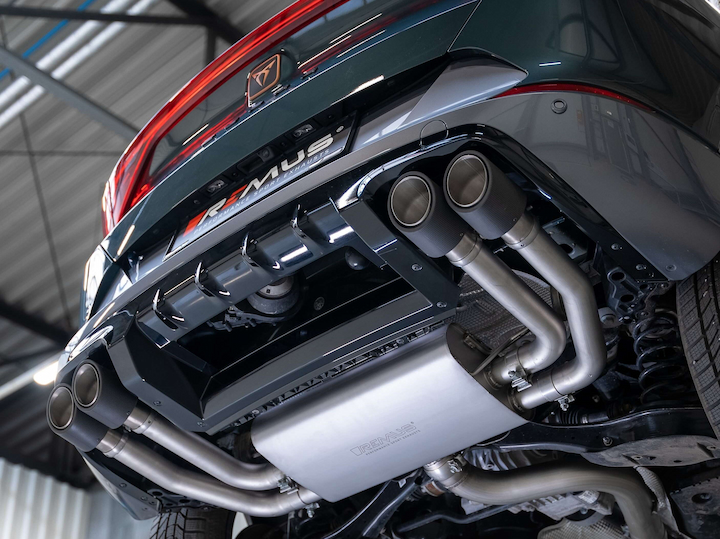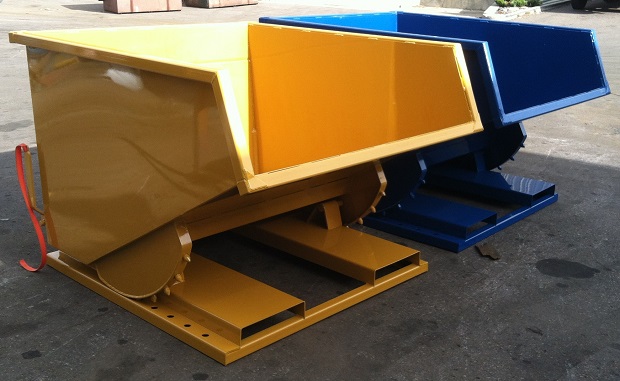Mufflers 101: Reducing Noise, Increasing Efficiency
Car exhaust systems remove toxic combustion gases and ensure engine efficiency by improving airflow. They also reduce the rumble of firing cylinders. This is done with dedicated exhaust mufflers, placed at the back of the exhaust tubing, just before the tips. Cars can have one or more mufflers depending on the engine layout, fuel and cylinders. These can be combined with other exhaust components like resonators to prevent exhaust droning and resonance at specific RPMs. The aim is to get tolerable volumes without impacting engine performance or passenger comfort.
Car Muffler Basics

In the simplest sense, mufflers are sound-deadening devices installed along the exhaust tubing. As the name implies, their main goal is to muffle or quieten the sound leaving the engine. This comes in the form of pulsating waves exiting exhaust valves, and which get louder as engine speeds increase. To get noise to tolerable levels, mufflers use different configurations of outer shells and inner tubing, leading to different types. For balanced power gains and optimal sound-deadening, a sport muffler gets the best results. This can be bought aftermarket, and considering the modular design in most exhausts, can easily replace underperforming factory units.
Muffler Anatomy
To the untrained eye, mufflers may look simple but consist of several parts. This includes outer shells encasing the internal components and providing structural support. inlet and outlet pipes at either end to connect the part to the rest of the exhaust piping, and a series of internal chambers (in differing layouts) that do the sound deadening. Mufflers attach to the rest of the car through mounting brackets, ensuring proper alignment and stability.
Design Differences
There are several basic muffler designs, each with different performance and pros and cons:
- Chambered – they have a series of internal chambers in varying lengths to fine-tune the exhaust note for a deep, throaty sound. The sound can be changed depending on the number and layout of the chambers ranging from quiet to very loud.
- Straight-through – also known as glasspacks, this type of sport muffler has straight perforated pipes wrapped in sound-deadening material, usually fibreglass (thus the name). The layout creates the least resistance with improved airflow leading to better performance.
- Baffled mufflers – use internal baffles to remove exhaust droning and resonance while maintaining optimal gas flow.
- Turbo – (not to be confused with engine turbines) – these have S-shaped perforated inner tubes to cancel out more pressure and sound waves while keeping restrictions and backpressure to a minimum.
What Do Performance Variants Mean for Your Car?

Mufflers are essential car components regulated by law. Sports variants bring a healthy suite of benefits, including:
- Reduced noise – baffles, chambers and sound insulation materials lower decibels by dealing with sound waves.
- Increased engine efficiency – fewer restrictions, lower backpressure and improved airflow means engines add horsepower with improved combustion efficiency.
- Better fuel economy – improved airflow also leads to better fuelling and reduced fuel use, especially at lower to mid RPMS.
- Improved emissions – mufflers filter more of the remnant combustion gases that have passed filters and catalytic converters, so help to lower toxic fumes leaving the tips.
- Durability – parts are better made, with tighter tolerances, cleaner looks and stronger materials. They’ll stand up to scratches, punctures, cracks, as well as water, mud and road debris for longer.
- Lower weight – racing is also about weight savings, and lighter, stronger mufflers definitely help with better acceleration or faster track times.
Materials
Not all mufflers are created the same, with materials and build being the main variables. Mufflers with aluminised outer shells shed some weight, deal with corrosion and road debris and are relatively cheap for what they offer. They’re adequate for most driving tasks but fall short where higher heat and temperature resistance is required when pushing bigger power numbers in modified or tuned engines.
Here you’ll want to go with stainless steel, as the aluminised layer does wear off, exposing untreated mild steel prone to rust and staining. Stainless mufflers are also stronger and more impact resistant so suited to rough road and weather conditions, besides being rated for more power.
When to Shop for Replacements
Common symptoms pointing to a damaged, ruptured or dented muffler include unusually loud blaring sounds, considerably reduced fuel economy, check engine lights pointing to increases in backpressure (especially in exhaust valves) and the smell of fumes seeping into the cabin. All need to be inspected. Similar signs sprout from other exhaust parts that have endured damage, are punctured or misaligned due to loose fasteners and mounting hardware.
The parts do last in normal driving conditions, to extend longevity, and clear any built-up road debris. mud, salt spray or water or use exhaust wrap along the whole tubing.
Compatibility and Fit
To get sports mufflers with better performance characteristics, ensure you buy designs compatible with the rest of the exhaust tubing. This means inlets and outlets in the right locations, mufflers in the right size and that meld into the underbody recesses without further modifications. Choose the type that best suits your needs in terms of sound, power and durability and shop from established exhaust parts manufacturers and parts retailers that also offer professional installation at reasonable prices.





